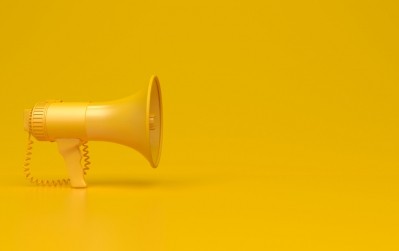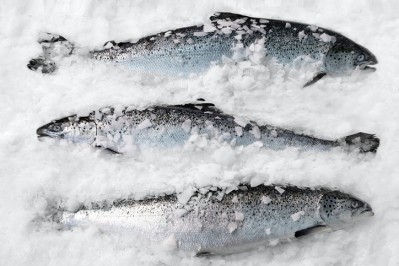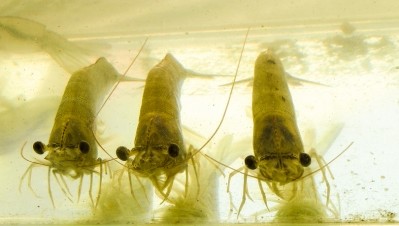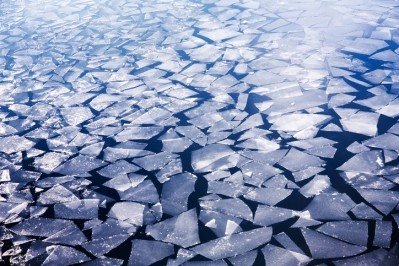Seaweed trumps maize as biofloc substrate
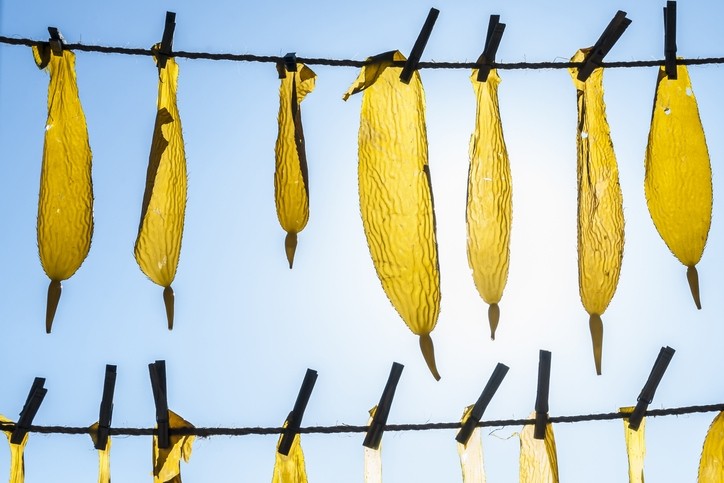
One of the researchers, Dr Alfonso Maeda-Martínez, of the Unidad Nayarit del Centro de Investigaciones Biológicas del Noroeste CONACYT, told FeedNavigator the study was a “breakthrough” in identifying under-exploited natural resources that do not promote feed-food competition.
“Most natural resources are over-exploited whereas the giant bladder kelp is under-exploited. In our region there is a biomass of 80,000 tons/year of kelp that are not being used for anything. It is a little more expensive than maize meal but it more than compensates for that through the advantages it brings in terms of higher growth and survival.” he said.
Dr Maeda-Martínez said that although other centers are investigating ‘alternative’ nucleation substrates, none match the performance and sustainability advantages of kelp.
“Other researchers are investigating sorghum, for example, but the results are similar to maize and wheat flour, and there is the issue of competition with humans for food with these resources,” he said.
Comparing nuclei
The study evaluated two meals (kelp and maize) as nucleation sites for biofloc formation and to test their effect on the performance of Nile tilapia fingerlings. Over an eight-week period, the fish in the kelp biofloc tanks gained 13.67g, compared with 10.73g for those in the maize biofloc tanks. The survival rate was higher in the kelp tank as well – 90% of the fish survived whereas only 56% survived in the maize tank.
Maize and wheat meals are commonly used as nuclei to stimulate floc formation owing to their starch content, which is a natural coagulant and favors the creation of microbial communities around them. However, when they absorb the water, they become heavier and sink to the bottom.
“We don’t want that. We want the biofloc to float,” said Dr Maeda-Martínez.
“We thought that the high content of alginates in macroalgae such as the giant bladder kelp (Macrocystis pyrifera) might increase the flotability of the biofloc. We found this to be true. When we dried out the kelp they looked like sponges and instead of making the floc heavier, they made it float,” he added.
According to the researchers, these characteristics made the kelp biofloc easier for the fish to eat. This, combined with the higher protein content of the kelp nuclei (9.41% versus 7.35% for maize meal), could explain the superior performance observed in tilapia fed on kelp floc versus those fed on maize floc.
“Both types of nuclei resulted in the formation of bioflocs rich in aggregated organisms, but nuclei of M. pyrifera produced a significantly higher performance of tilapia fingerlings, probably because of the higher nutritional content of kelp over maize meal and higher flotation of M. pyrifera flocs, which remained longer in suspension, making them readily available to the fish,” wrote the researchers, in Aquaculture Reports.
Biofloc technology takes off
Although still in its infancy, biofloc technology (BFT) has been adopted widely by aquaculture farms in the world’s major fish and shrimp producing regions China, Asia and Latin America, according to Dr Maeda-Martínez.
“Biofloc is made of bacteria and other small invertebrates that attach to nuclei of different kinds, making small, nutrient-dense particles that are eaten by the fish,” he explained.
The main reasons for adopting BFT as a feeding strategy are the lower running costs (water consumption is reduced as the water never has to be changed) and the potential to rear fish and shrimp in higher densities, owing to the bacteria’s innate ability to manage the formation of toxic ammonia.
Dr Maeda-Martínez said the system is very simple to implement in intensive and semi-intensive aquaculture farms, with aeration the main requirement.
“All you need is a starter – you can use bacterial inoculum with sugar or molasses – to grow the micro-organisms (bacteria, protozoa and fungi). When the nuclei is added, the matrix formed aggregates the micro-organisms and facilitates their ingestion by the fish. Once the system is up and running, the only intervention needed is the monitoring of oxygen levels and ammonia concentration,” he said.
Source: Aquaculture Reports 16 (2020)
Title: Giant bladder kelp (Macrocystis pyrifera) and maize (Zea mays) meals as nucleation sites for biofloc formation
Authors: Benjamín Aparicio-Simón, Evelyn Real-Moreno, Daniel Espinosa-Chaurand, Ricardo García-Morales, Rodolfo Garza-Torres, Alejandro de Jesús Cortés-Sánchez, David Lora-Sanchez, Alfonso N. Maeda-Martínez
